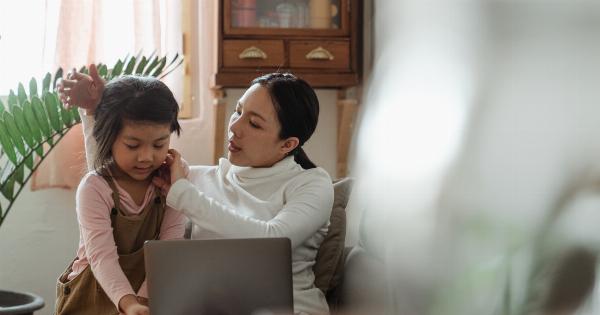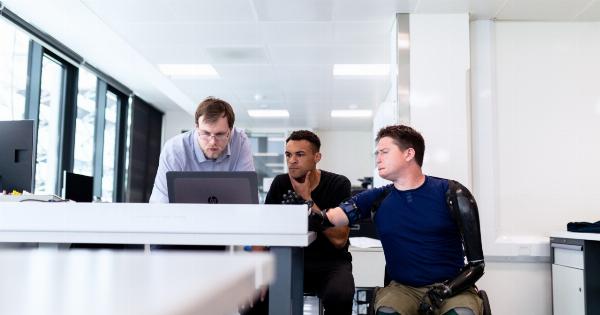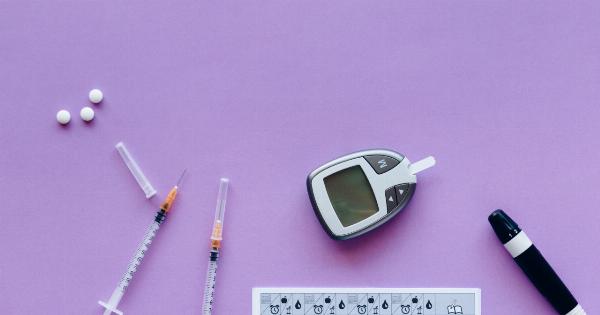Stroke is a leading cause of long-term disability and death worldwide. Many stroke patients require ongoing rehabilitation and support to regain their functional abilities and improve their quality of life.
However, accessing healthcare services can be challenging, especially for individuals living in remote or underserved areas.
Telecommunications System for Stroke Patients
Recognizing the need for remote support and rehabilitation for stroke patients, researchers at the Massachusetts Institute of Technology (MIT) have developed an innovative telecommunications system.
This system aims to provide timely and effective support to stroke patients, irrespective of their geographical location.
How Does the System Work?
MIT’s telecommunications system for stroke patients utilizes video conferencing and other advanced technologies to connect patients with healthcare professionals remotely.
The system can be accessed through various devices such as smartphones, tablets, or computers with an internet connection. By leveraging this system, patients can receive real-time support and guidance from healthcare experts, reducing the need for frequent hospital visits.
Remote Monitoring and Rehabilitation
The telecommunications system not only allows stroke patients to connect with healthcare professionals but also facilitates remote monitoring and rehabilitation.
Through specialized sensors and wearable devices, patients can track and share vital health parameters such as blood pressure, heart rate, and oxygen saturation levels. This data can be remotely monitored by healthcare providers, enabling them to intervene promptly in case of any abnormalities.
Virtual Rehabilitation Sessions
One of the significant advantages of MIT’s telecommunications system is its ability to provide virtual rehabilitation sessions to stroke patients.
These sessions are conducted by qualified physiotherapists or occupational therapists who guide patients through tailored exercises and activities. The video conferencing feature allows therapists to observe and correct patients’ movements in real-time, ensuring that they perform the exercises correctly and safely.
Enhanced Accessibility and Convenience
MIT’s telecommunications system addresses the barriers faced by stroke patients in accessing healthcare services.
For individuals living in remote areas, traveling to specialized stroke rehabilitation centers can be time-consuming, physically demanding, and expensive. Through this system, patients can receive high-quality care and support from the comfort of their homes, eliminating the need for extensive travel and reducing the burden on caregivers.
Improved Outcomes and Cost Savings
The remote support and rehabilitation provided by MIT’s telecommunications system have shown significant potential in improving outcomes for stroke patients.
By offering timely interventions and continuous monitoring, the system helps prevent complications and promotes faster recovery. Moreover, studies have demonstrated that telemedicine-based interventions can lead to cost savings for patients, their families, and healthcare systems by minimizing hospital readmissions and reducing healthcare expenditures.
Challenges and Future Developments
While MIT’s telecommunications system holds tremendous promise, there are still some challenges to overcome. Reliable internet connectivity and access to necessary technology can be barriers in some underserved areas.
Additionally, addressing privacy and security concerns regarding patient data transmission is crucial to ensure the system’s trustworthiness.
Looking ahead, researchers at MIT are continuously working on advancing the system’s capabilities.
They are exploring the integration of artificial intelligence and machine learning algorithms to enhance personalized rehabilitation programs and enable real-time analysis of patient progress. These developments hold great potential for further improving stroke patients’ outcomes and expanding access to remote support.
Conclusion
MIT’s telecommunications system for stroke patients is revolutionizing the way stroke rehabilitation and support are delivered.
By enabling remote access to healthcare professionals, promoting virtual rehabilitation sessions, and facilitating remote monitoring, the system significantly enhances accessibility, convenience, and outcomes for stroke patients. With ongoing advancements and continued research, this telecommunication system has the potential to transform the lives of stroke patients worldwide.






























